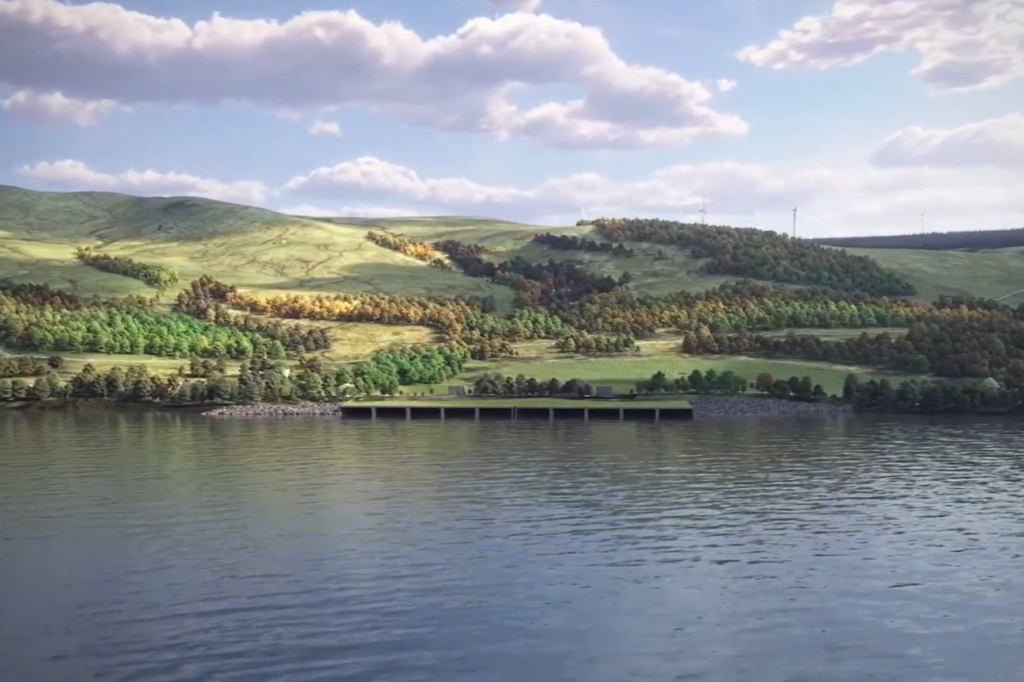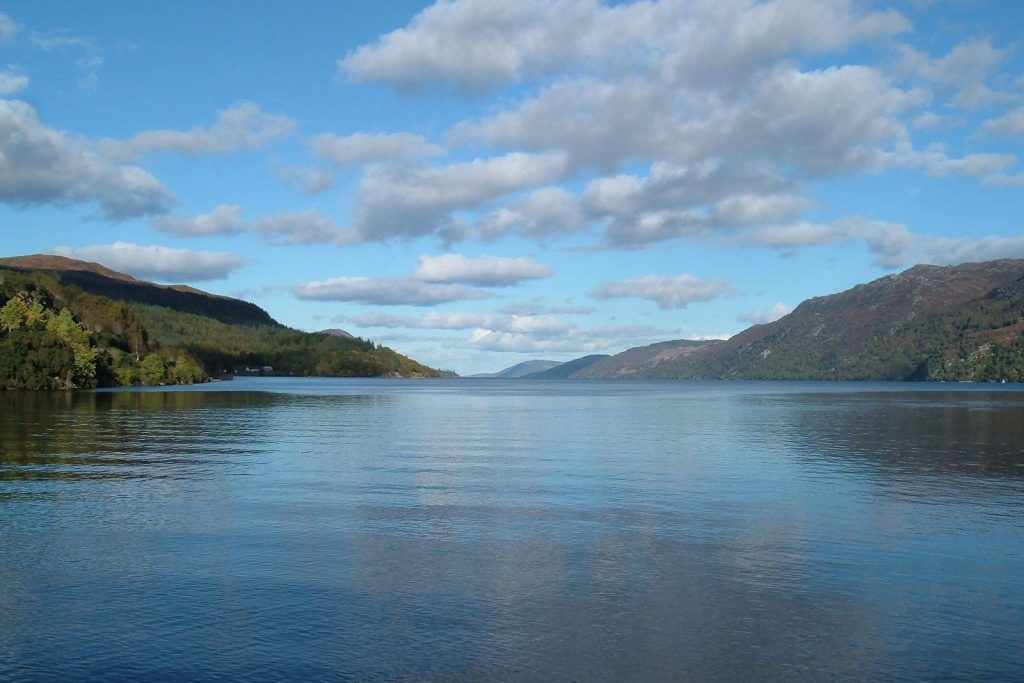Planning application submitted for 1.5GW pumped storage hydro scheme at Loch Awe

This post was originally published on this site

ILI Group has submitted its planning application for its £2bn Balliemeanoch 1.5GW pumped storage hydro scheme at Loch Awe to the Scottish Government.
The project, which has been supported by Aecom through its preliminary design and environmental assessment phase, could power up to 4.5M homes and reduce the country’s carbon emissions by 200Mt over the project’s lifetime, according to ILI Group.
The scheme would haver a headpond with a capacity of 58Mm3. This means it would have the ability to produce 1.5GW of power for up to 30 hours, generating 45,000MWh.
It is expected to require £1.5bn to £2bn in construction costs and would support up to 1,000 construction jobs at its peak, with more indirect jobs supported in the supply chain across Scotland.
ILI believes it would take five years to construct and is targeting a connection date in 2031.
Watch a fly-through of the scheme below.
ILI Group CEO Mark Wilson said that it had been “delighted” to work with Aecom, whose “expertise has been valuable in navigating the complex design and environmental assessment phases”.
“This 1.5GW project represents a significant step forward in our mission to enhance the UK’s renewable energy infrastructure,” Wilson continued. “As we transition to a low-carbon future, long-duration energy storage solutions like Balliemeanoch are crucial for maintaining grid stability and maximising the potential of intermittent renewable sources. We’re proud of the collaborative effort that has brought us to this important milestone and look forward to the project’s contribution to Scotland and the UK’s sustainable energy goals.”
Wilson further commented on the UK government’s recent consultation on long duration energy storage, saying that it “underscores the need for a robust policy framework to support these projects”.
“The proposed cap and floor investment framework will be crucial in overcoming investment barriers, ensuring that Scotland can deploy significant storage capacity to meet our net zero targets,” he added.
Aecom project manager David Lee said that “this is one of the projects at the forefront of Scotland’s energy transition and will provide the next generation of long-duration energy storage”.
He continued: “Achieved through a collaboration of our own engineering and environmental specialists but also those of the client and key project stakeholders, including the local community, this milestone is an important step forward to allow the UK’s electricity grid network to meet its objective to provide a lower carbon energy supply system.”
Developing pumped storage hydro projects
The International Hydropower Association last week released guidance on how to better develop pumped storage hydropower projects and ensure they are de-risked as far as possible.
Developing more pumped storage hydro power projects is seen as critical to energy security annd achieving net zero as it can provide long-term zero carbon energy storage.
There around 7GW of “shovel ready” hydropower projects in development in the UK, which are concentrated in Scotland.
The 450MW Loch na Cathrach pumped hydro scheme was developed by ILI Group but has recently been taken over by Norwegian firm Statkraft, which will take the £550M project through delivery.
The biggest pumped hydro-electric project currently consented is SSE Renewables’ £1.5bn and 1.5GW Coire Glas at Loch Lochy in the Great Glen in the Scottish Highlands, on which Cowi is also working. Last year NCE spoke to Cowi and SSE to find out more about the challenges of the project.
Additionally, in May Glen Earrach Energy announced plans to build a 2GW pumped hydro facility at the Balmacaan Estate in Scotland, next to Loch Ness at a cost of £2-3bn.
Elsewhere in Scotland, Drax is developing a £500M pumped storage hydro-electric scheme Cruachan 2, which will be a new 600MW capacity plant constructed next to Drax’s existing 440MW facility beneath Ben Cruachan in Argyll and Bute. The project received planning consent in July 2023 and Cowi was signed on to advise in September of that year. Seismic surveys are underway at the site.
Like what you’ve read? To receive New Civil Engineer’s daily and weekly newsletters click here.





Responses